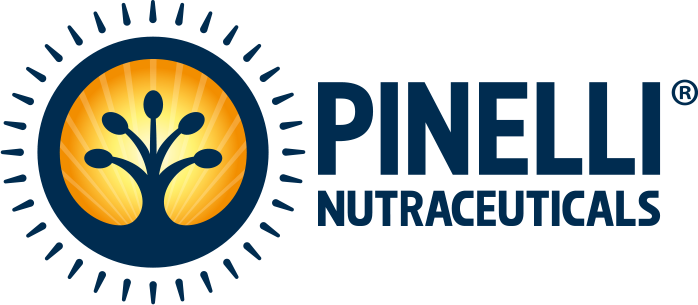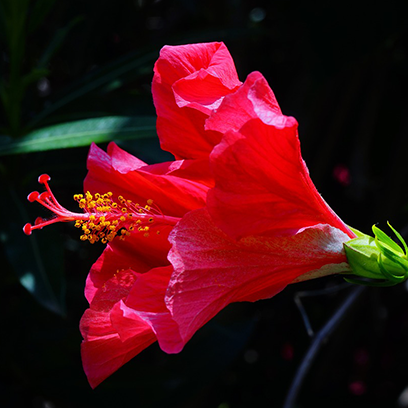HIBISCUS
We have all experienced the beauty of hibiscus flowers, graceful bellflowers with translucent, delicate petals. The hibiscus flower rarely lives more than a day, but in good conditions, the plant continues to produce new twisted buds that wend their way through the withered blossoms. Hibiscus belongs to the Malvaceae family and comprises more than 400 species. This generous shrub with oval or lance-shaped leaves and toothed or wavy margins can grow to a height of up to 5 metres.
The inflorescences range in colour from the pale pink of Hibiscus militaris to the deep pink, red, yellow, and orange of Hibiscus moscheutos, in shrubs that grace gardens in tropical and temperate areas of our planet and are used to adorn the ears of Polynesian girls. It is interesting to note that the hibiscus in its numerous varieties of Hibiscus syriacus comes in different shades of colour, ranging from pale pink through lilac to purple. This type can withstand even harsh winters; it then flowers each year in spring provided that its branches are pruned generously to regulate its growth.
Some parts of the flowers are used to prepare a very popular beverage in Egypt, known as kardadè. Hibiscus leaves have been used in human nutrition since as early as the 1600s for the preparation of salads, and hibiscus calyxes accompany main courses in some subtropical cuisines much as we use pumpkin blossoms. Hibiscus is also used to prepare jams, spices, soups, and sauces.
Chinese medicine is no stranger to the healing potential of hibiscus for its anti-inflammatory and microcirculatory properties and uses it extensively in cardiovascular diseases. In addition to its anti-inflammatory function, the Hibiscus sabdariffa variety has been shown in recent scientific studies to possess remarkable anti-VEGF functions, that is to say, it acts as an inhibitor of angiogenesis, a crucial mechanism in the etiology of exudative macular degeneration.
Hibiscus calyxes contain ascorbic acid (vitamin C), thiamine (B1), riboflavin (B2), niacin (B3), and beta-carotene (vitamin A precursor), along with calcium, magnesium, potassium, sodium, iron, and zinc. The main therapeutic bioactive components of hibiscus calyxes are polysaccharides, organic and phenolic acids, and flavonoids, especially anthocyanins, which confer antioxidant and anti-inflammatory properties.
Used in: Pinelli Macula Project® PLUS
READ SCIENTIFIC PUBLICATIONS ON HIBISCUS
- A review on phytochemistry and therapeutic uses of Hibiscus sabdariffa L.
- Disruption of Angiogenesis by Anthocyanin-Rich Extracts of Hibiscus sabdariffa
- Immunomodulatory and Mechanistic Considerations of Hibiscus sabdariffa (HS) in Dysfunctional Immune Responses: A Systematic Review
- The effectiveness of Hibiscus sabdariffa in the treatment of hypertension: A systematic review

